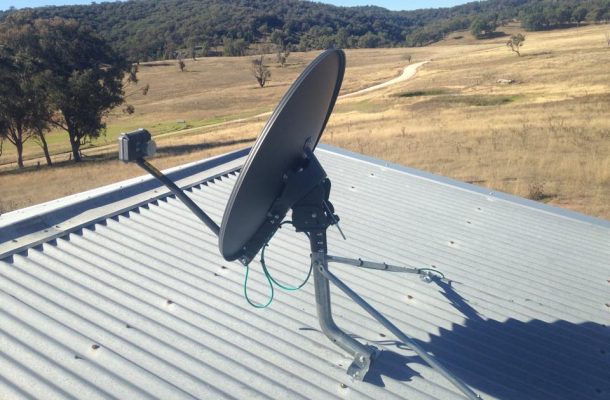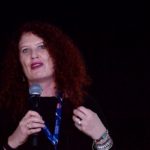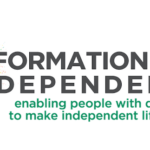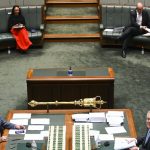How advocacy helps build rural, regional and remote internet connectivity

I recently attended the ICDP Pacific Connect Dialogue where we discussed issues surrounding “Women in business and digital delivery in the Pacific Islands”. The women’s stories reminded me of the issues with internet access in outback Queensland, Australia.
Improved internet and mobile phone technology is allowing cattle producers in rural, regional and remote Queensland to keep in contact with markets, suppliers, telehealth services, weather, flood and fire services and education and banking as well as friends and relatives. However, problems with price, speed, quality and access to the internet remain challenging.
Better Internet for Rural Regional and Remote Australia
To meet some of these challenges, two remote-area cattle producing women took action to change policy surrounding RRR internet connectivity. Together they founded the “Better Internet for Rural Regional and Remote Australia” (BIRRR) action group. The women set up a Facebook page in 2014 and a website and a Twitter account (#DataDrought; #fixbushinternet) in 2015 and started to respond to media interest in these issues.
However, complaints to service providers about speed, quality and price continued to fall on deaf ears, and it became clear that there was a large gap between the expected service and its reality.
To get a bigger picture, BIRRR surveyed RRR residents of Australia. The survey results included written responses from people having issues with their connectivity, and it highlighted an increasing digital divide between rural and city-based people. The BIRRR team used the survey results to lobby government and prompted a change of policy.
These reforms include the un-metering of education-specific sites for Telstra mobile broadband distance education. Before this occurred, distance education could use people’s entire data allowance before business or other communication needs were met.
NBN education ports for distance education and home schoolers now allocate 50gb per student, with up to three students per family, in addition to standard data allowances. An NBN contact team for RRR users has also been created, with dedicated service providers trained in rural technology who are fully aware of the challenges faced by RRR people.
Leveraging the power of social media
The BIRRR team uses social marketing strategies and resident’s connections with their social networks to get their message across. They encourage members to see the connectivity issues more clearly so that, as a community, they can focus on fixing bush internet and putting an end to the data drought.
These social marketing and advocacy principles helped these farming women to improve internet access and educational data allowances in rural, regional, and remote Australia and to have BIRRR recognised as a not-for-profit organisation working for change on their behalf.
BIRRR now has five volunteer administrators who offer information and support about telecommunications services via their website and Facebook group to more than 11,000 members.
BIRRR continues to use survey data collected from their Facebook members, their website and from media coverage, to lobby for better internet for regional, rural and remote Australia and regularly engages with community, government and other stakeholders to highlight the deficits in internet access in non-metropolitan Australia.
I think that there are lessons here that we can share with the women of the Pacific Islands that will help to grow their connectivity and their community!
Dr Rachel Hay is a lecturer in Marketing and Researcher at James Cook University. Her research interests encompass technology adoption, social marketing, and content readability.













